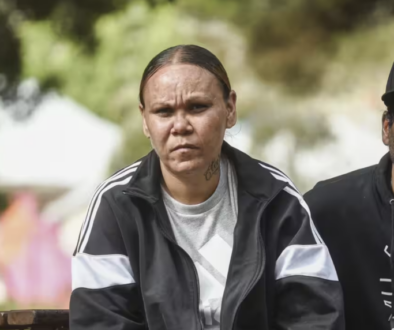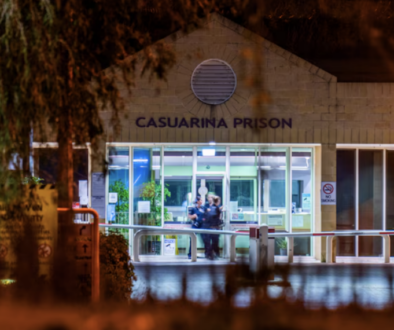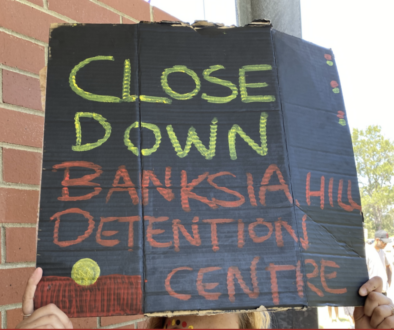Department of Justice former boss Adam Tomison admit lies were told about Unit 18 youth facility
Key points:
-
In short: The former boss of WA’s Department of Justice says “a series of grievous lies” led to the creation of the controversial Unit 18 youth detention facility.
-
Adam Tomison admitted information provided to the Minister ahead of its inception was “wrong, misleading [and] deceptive” and could have stopped it from going ahead.
-
What’s next? He is continuing to give evidence at the inquest probing the death of 16-year-old Cleveland Dodd, who died a week after he was found injured in his Unit 18 cell in October last year.
The man who oversaw the inception of WA’s controversial Unit 18 youth detention facility has admitted it was created on “a series of grievous lies”, including those told to the minister responsible.
WARNING: This story discusses incidents of self-harm and contains the name and image of an Indigenous person who has died.
The lies — according to Adam Tomison, who was the Department of Justice’s director-general for seven years — could have stopped or delayed the facility from being approved.
Dr Tomison is fronting a coronial inquest answering questions about the creation of the youth facility hastily established inside the maximum-security Casuarina adult prison to deal with high-risk youth offenders.
He was examined at length about a briefing note prepared by his department and signed by him, which was given to the then-Corrective Services minister Bill Johnston to persuade him to approve the creation of Unit 18.
It included information about all the social services offered at WA’s main Banksia Hill youth detention centre also being available at Unit 18, which was not true.
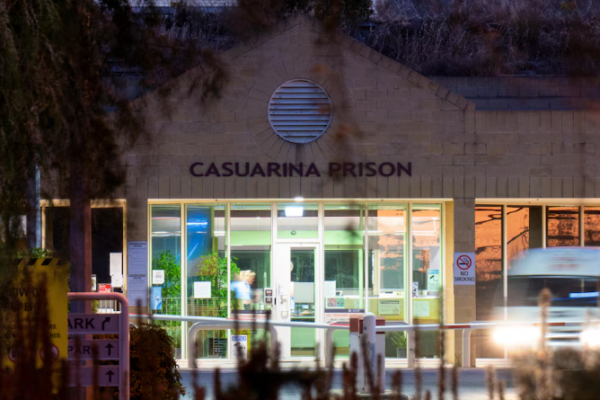
Dr Tomison also accepted the letter contained “blatant lies” about the time young people would spend outside cells.
“It is one thing to paint a rosy picture to stakeholders, to detainees, to the guardians or parents of detainees, but it’s quite another to continue with that rosy and false picture in a briefing note for the minister,” Coroner Philip Urquhart put to him.
“Yes, your honour, I agree,” he responded.
“It’s misleading the minister … it’s unacceptable,” Coroner Urquhart proposed.
“It is,” Dr Tomison replied.
Unit 18 wouldn’t have been approved
Counsel assisting the coroner, Anthony Crocker, then pressed Dr Tomison on whether he thought minister Johnston would have approved Unit 18 had he been given the correct information.
“Not without further work,” Dr Tomison said.
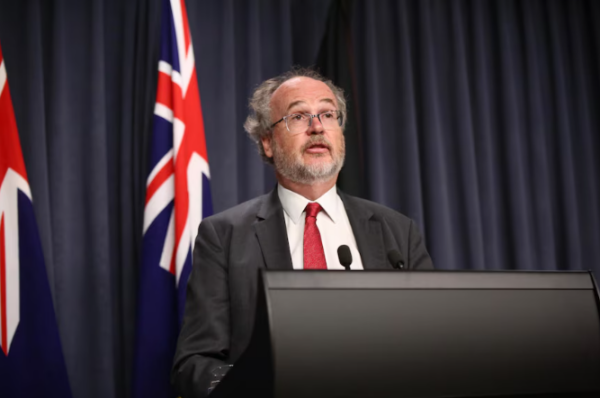
Dr Tomison said he felt embarrassed by signing off on the briefing note.
“Clearly I should have looked into it much more intensively … clearly I’ve failed on a level of not doing more due diligence,” he told the court.
Dr Tomison said the documents would have been prepared by a number of people, but passed through Deputy Corrective Services Commissioner Christine Ginbey and Commissioner Mike Reynolds before reaching him, saying he did not believe they deliberately mislead him.
Lies just ‘incomprehensible’
Dr Tomison was read sections of other letters sent during the inception of Unit 18, as well as a media statement, which said there would be a “full suite of programs” available to young people there.
Dr Tomison agreed with the assessment of counsel assisting the coroner, Anthony Crocker, that the comments were “wrong, misleading [and] deceptive”.
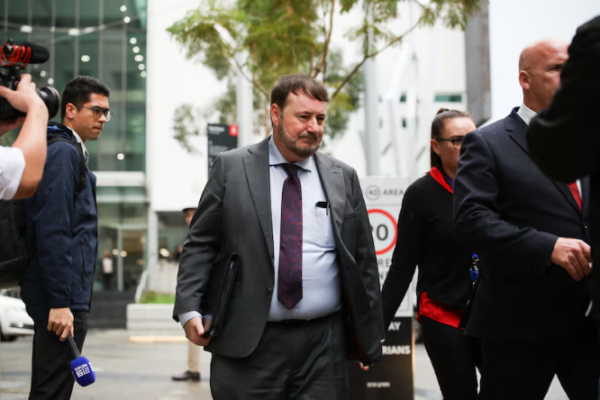
“It is just incomprehensible that the department would lie to people like that,” Mr Crocker said.
“Yes,” Dr Tomison replied.
“I must have felt that was still going to be the case.
“In the first two weeks that Unit 18 was operating, I believe I was informed then that they were facing difficulties getting various services to operate the way they intended.
“I believe I was told in the planning phase prior to the transfer that it would be difficult for some services to be provided, but they were working on strategies to do that.”
Dr Tomison said he was relying on advice given to him by staff including then-corrective services commissioner Mike Reynolds and deputy commissioner Christine Ginbey.
‘Physically impossible’ to monitor at-risk detainees
Mr Crocker then read a letter given to young people before they were moved to Unit 18 which said it was a “safer place”.
Dr Tomison agreed that was a lie because it was “physically impossible” to constantly monitor young people at risk of self-harm or suicide, as required by department policy.
It also emerged the director-general was unaware Unit 18 was being used by adult prisoners at the time Dr Tomison proposed to then-minister Bill Johnston that it be converted to accommodate young people.
When he found out — around the time cabinet approved the use of Unit 18 — he recalled saying something to the effect of: “I’m surprised they’re there, they need to be out because this is going to be the site.”
Cleveland’s caseworker failed to see him
It was also revealed in the hearing that a caseworker assigned to Cleveland was meant to meet with him once a week while he was in detention but didn’t see him once during the more than three months of his final period behind bars.
Dr Tomison agreed that was a “huge failing and shortcoming”.
Mr Crocker suggested some blame should be shouldered by the department because the caseworker had been assigned 30 cases when the benchmark under an industrial agreement was between 10 and 14.
The court also heard materials currently in use to train youth custodial officers who work at both facilities made almost no mention of Unit 18, or two Supreme Court decisions that found the department had broken the law by the way it handled extended lockdowns.
Dr Tomison said he “would have expected it to be there”.
The hearing is continuing.
Contact us
Please provide a brief description of your claim.

